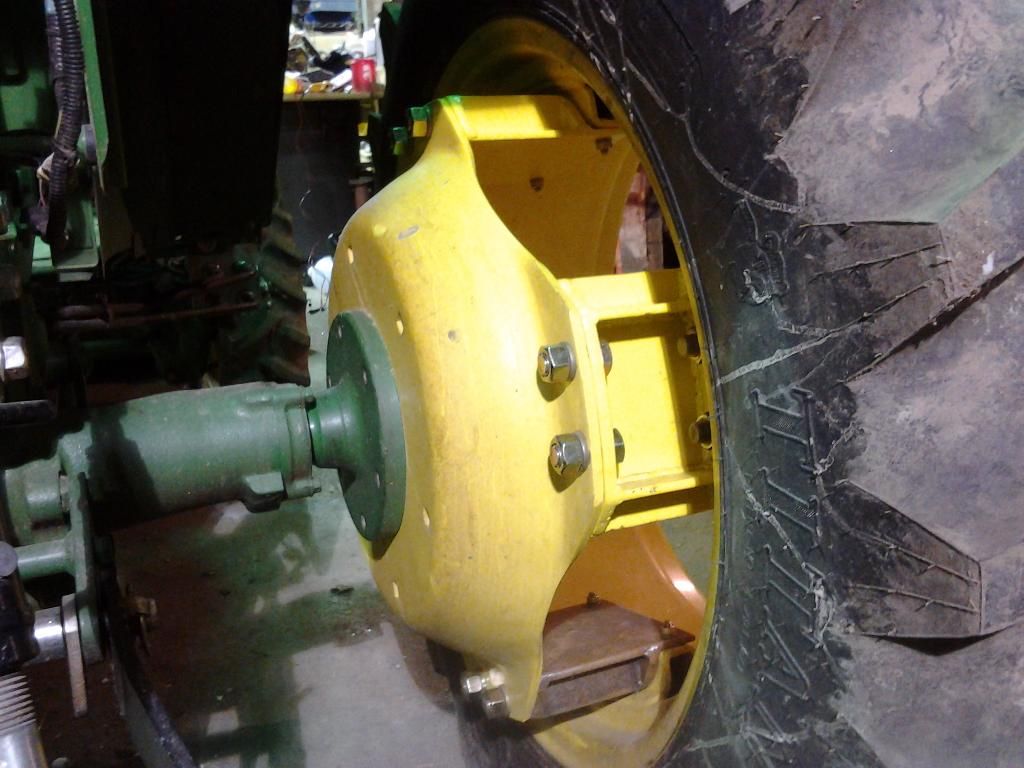ovrszd
Epic Contributor
- Joined
- May 27, 2006
- Messages
- 33,727
- Location
- Missouri
- Tractor
- Kubota M9540, Ford 3910FWD, Ford 555A, JD2210
I run spacers on my Yamaha Rhino, Kubota RTV and Jeep Offroad Buggy. I've never had a failure. My biggest concern is making sure the bolts holding the spacer to the vehicle axle are tight and never loosen.
I don't think you will see a failure with your setup.
I don't think you will see a failure with your setup.

